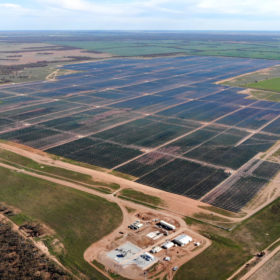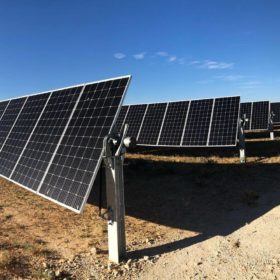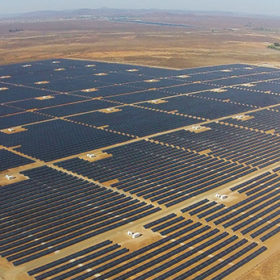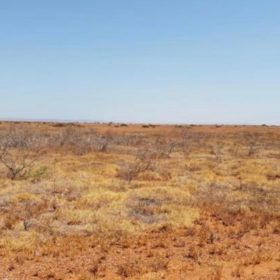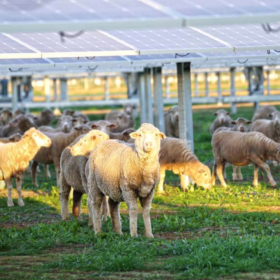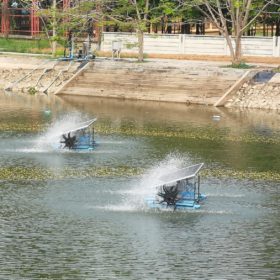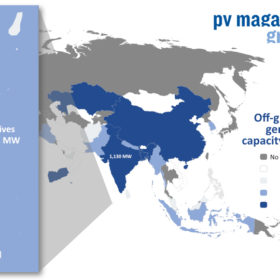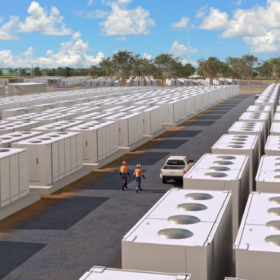Decmil declares Sunraysia Solar Farm nearing completion
The much-delayed Sunraysia Solar Farm is seemingly a step closer to commencing production – more than 24 months behind schedule – with Australian engineering firm Decmil Group confirming the PV project has been given the green light following the successful completion of the required hold point testing.
Sojitz teams with CS Energy in green hydrogen export project
Japanese trading house Sojitz Corporation has announced it will collaborate with Queensland government-owned utility CS Energy and Nippon Engineering Consultants on a project to transport green hydrogen produced in Australia to the Pacific Island nation of Palau in a bid to reduce a reliance on fossil fuels.
British investment group snaps up Queensland solar farms
British solar PV project investor Foresight Solar Fund continues to build its Australian renewable energy portfolio, acquiring 100% ownership of the 30 MW Oakey 1 and 17 MW Longreach solar farms in Queensland.
162MW Columboola Solar Farm successfully connects to network
The 162MW (AC) Columboola Solar Farm in the Western Downs of Queensland between Chinchilla and Miles has been successfully connected to the transmission network. QLD government-owned CS Energy has agreed to purchase 100% of the solar farms approximately 440GWh of annual clean energy for the next 10 years.
US scientists explore how to compensate battery owners for grid value
Current price signals to distributed battery owners “do not align with grid value,” says a study from the Lawrence Berkeley Laboratory.
New year, new rules
This year will see a suite of new rules introduced governing the sale and installation of rooftop solar. While the Clean Energy Regulator’s new rules will apply across the country, Victoria’s state government has also introduced its own set of additional ordinances – among them, a ban on door-to-door sales or cold-calling for solar, electricity and gas companies alike.
Woodside submits plan for 500MW of PV and 400MWh of battery storage in the Pilbara
Oil and gas giant Woodside Energy has submitted the proposal for its 500MW Solar Facility to the Western Australian Environmental Protection Authority. The proposal sees Woodside looking to install up to one million solar panels to help power industrial customers in the region, including its own Pluto LNG export facility.
520 MW agrisolar + battery project proposed for the Hunter progresses
Lightsource bp, the solar arm of oil major BP, is proposing to build an ‘agrisolar’ project in the Upper Hunter region big enough to provide 4% of New South Wales’ (NSW) electricity demand.
Weekend read: Solar-plus-storage for aquaculture aeration
Recent research from Thailand has shown that solar-plus-storage on floating platforms could be the cheapest option to power energy-intensive aeration systems in aquaculture projects. The battery accounts for around 54% of the capital costs, which is why system sizing would be key for economic viability.
Maldives to turn to solar for outer islands
The Indian Ocean island nation, which has been a prominent voice in the global calls to combat rising sea levels, will get technical assistance from the Asian Development Bank to draw up a tender for 20-30MW of photovoltaic generation capacity.
